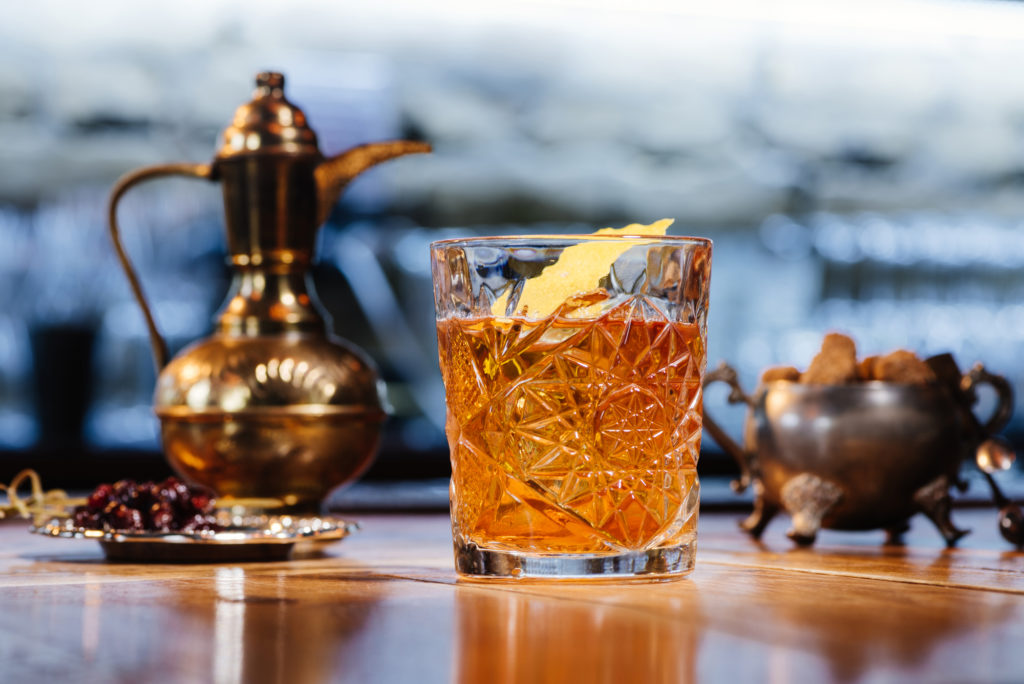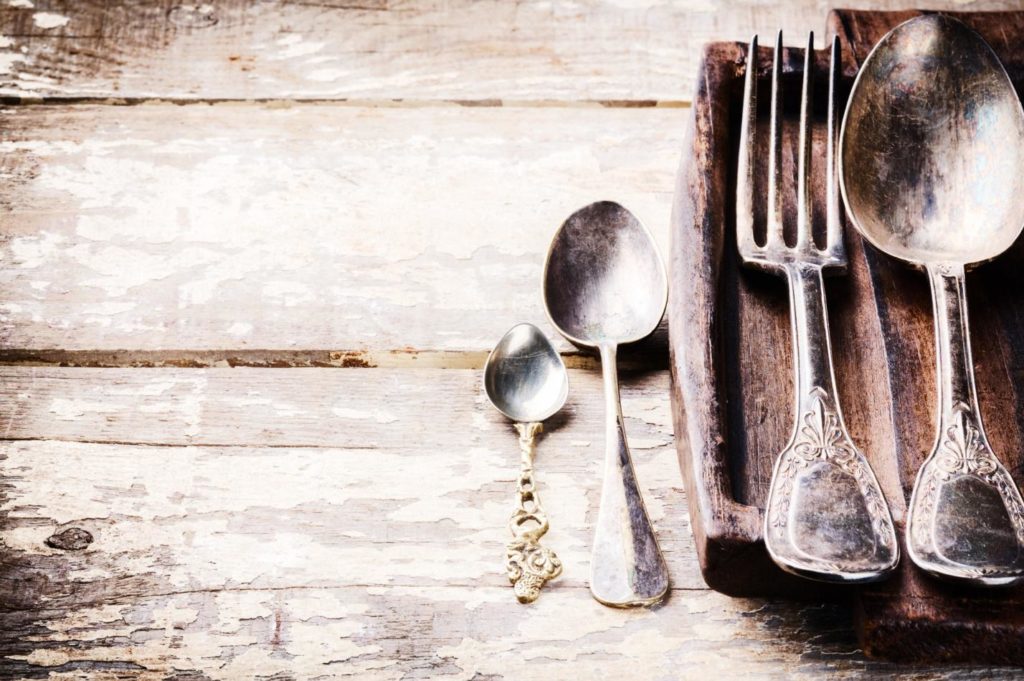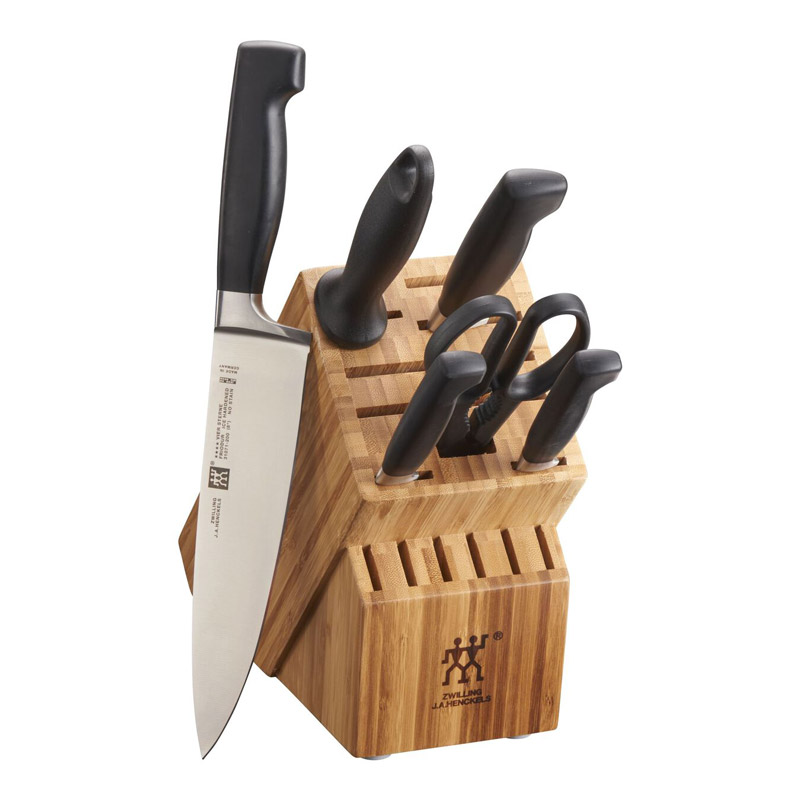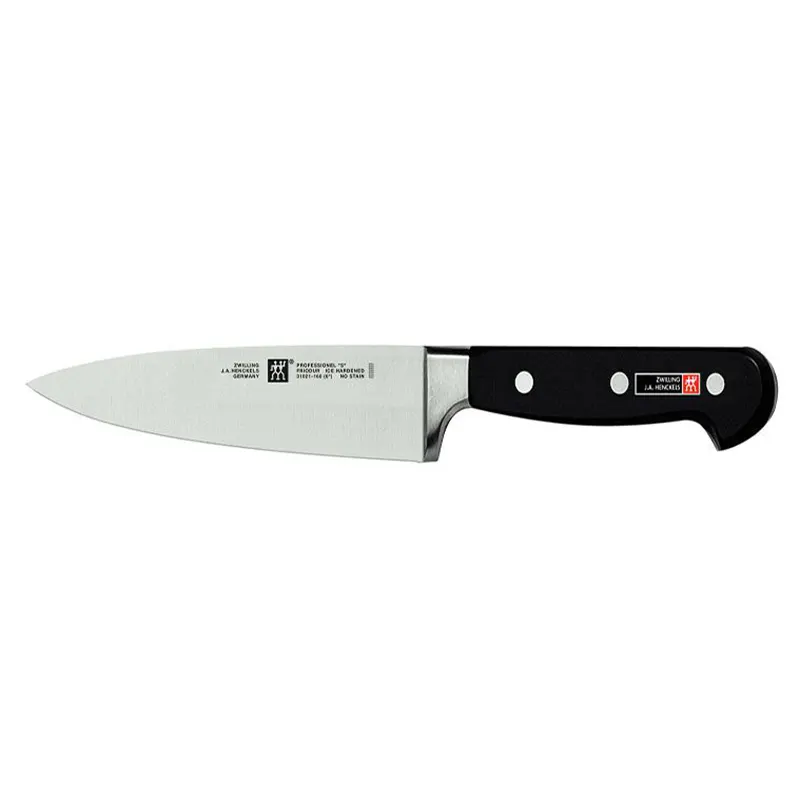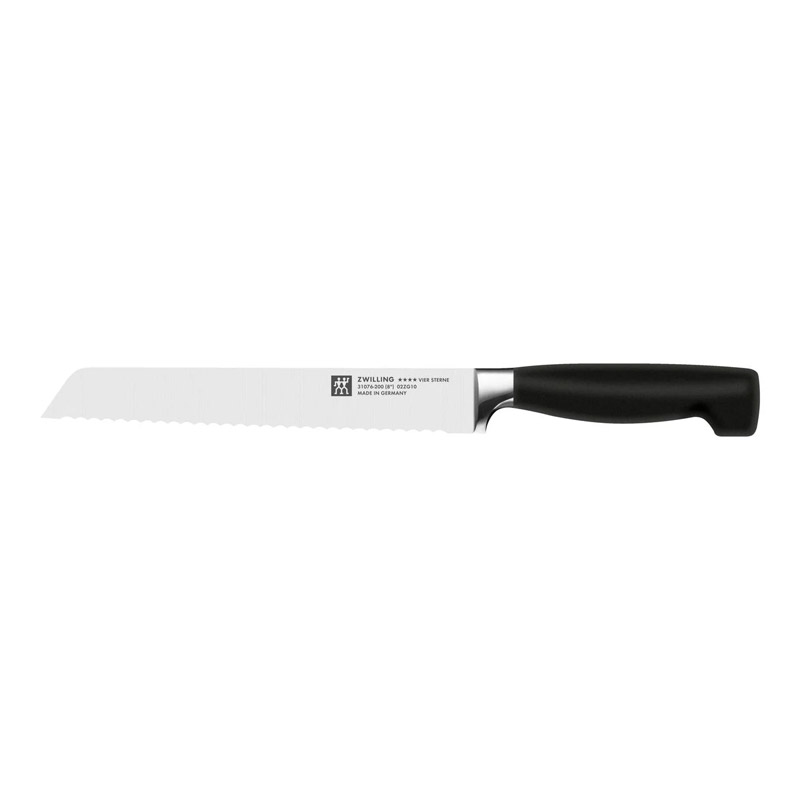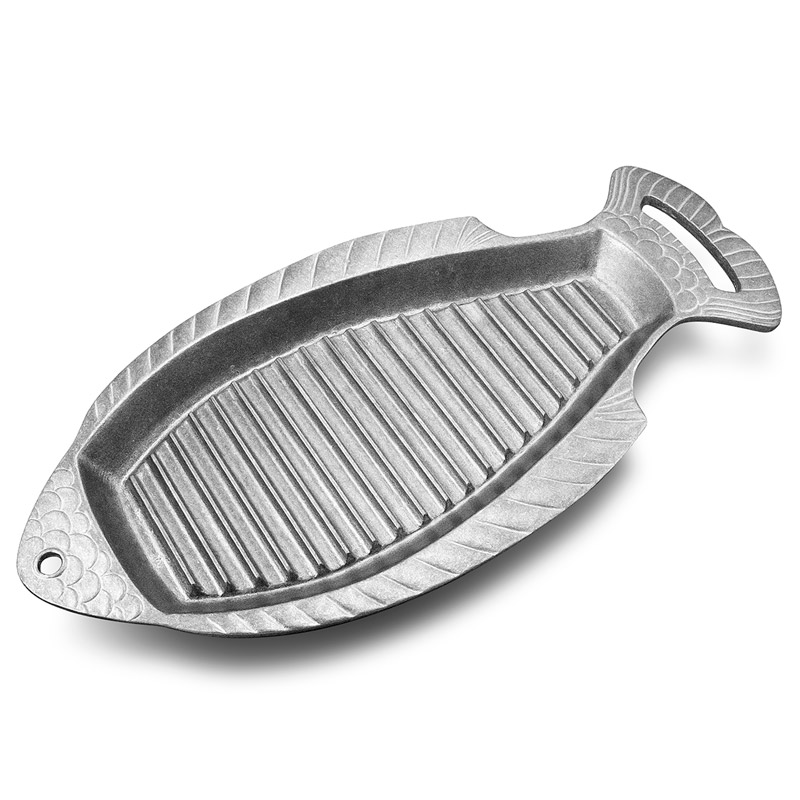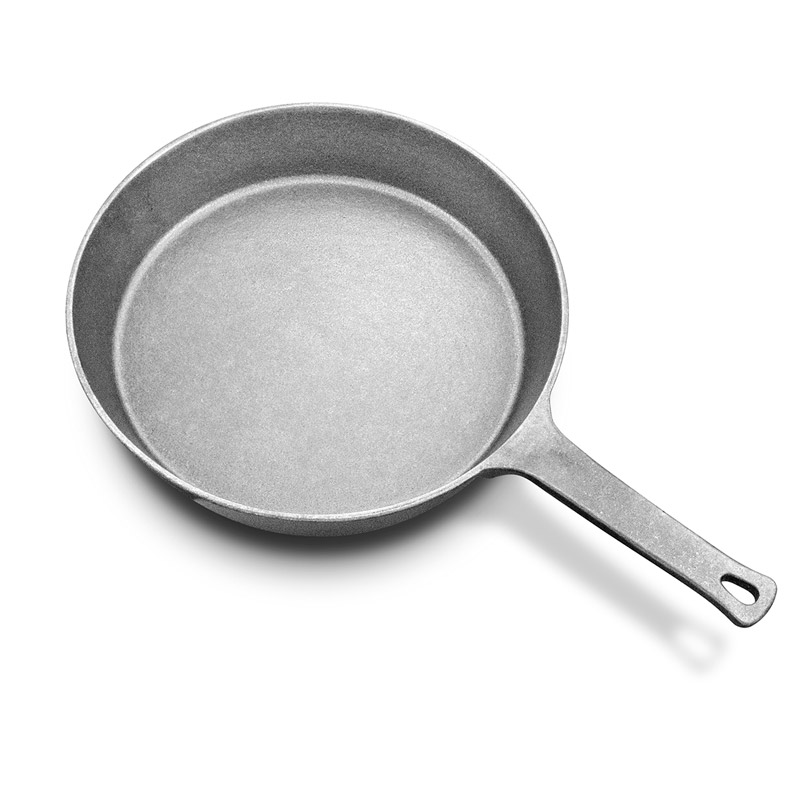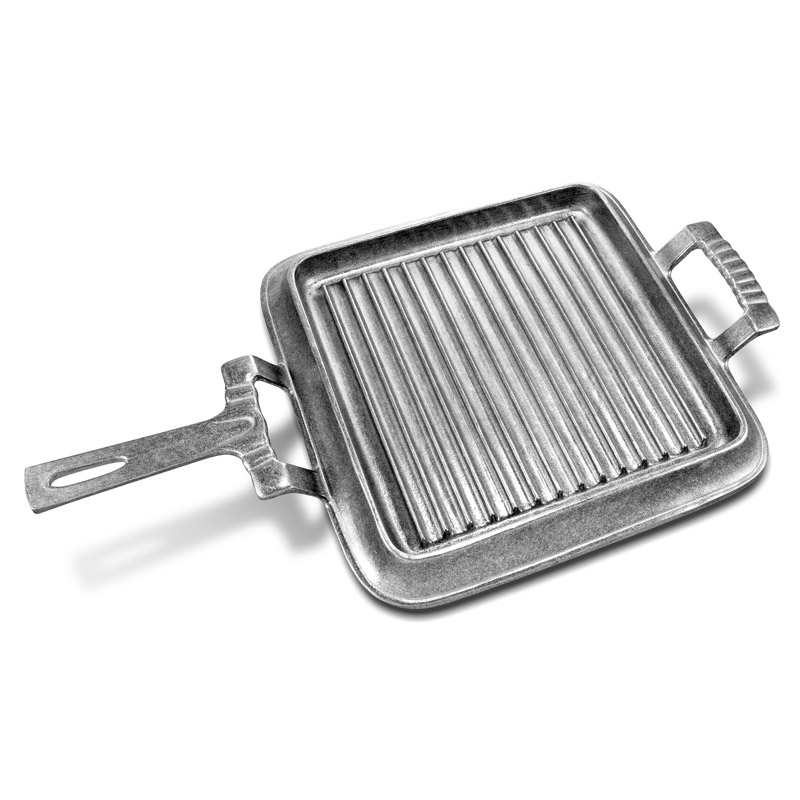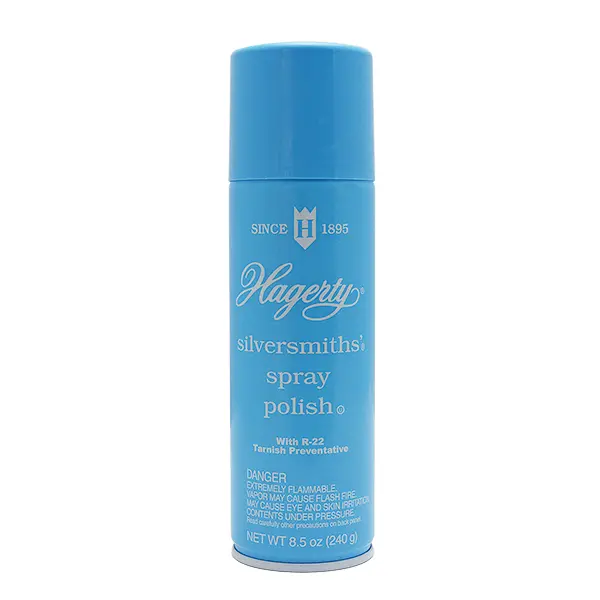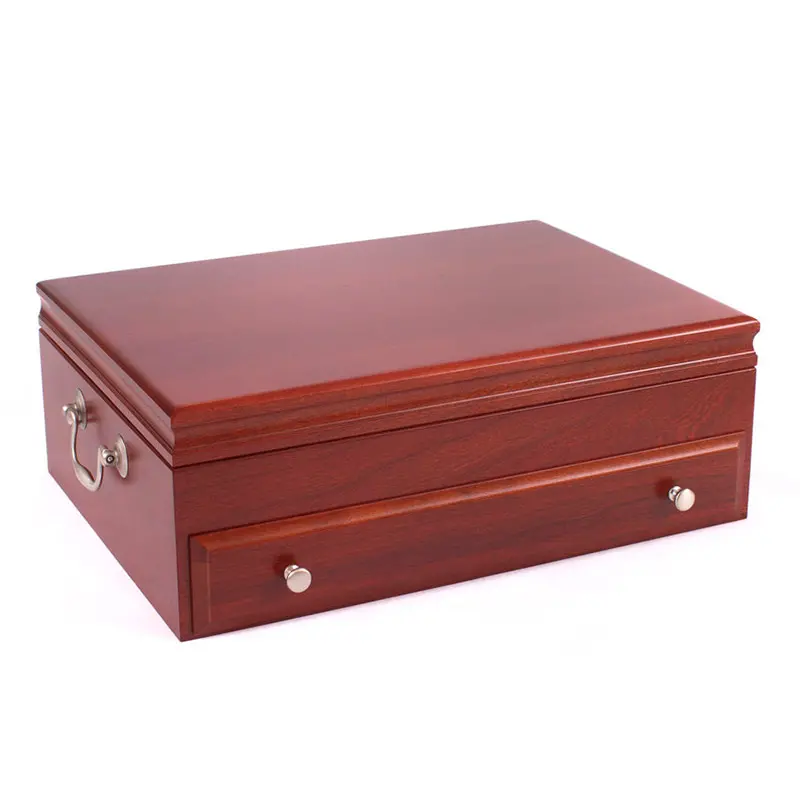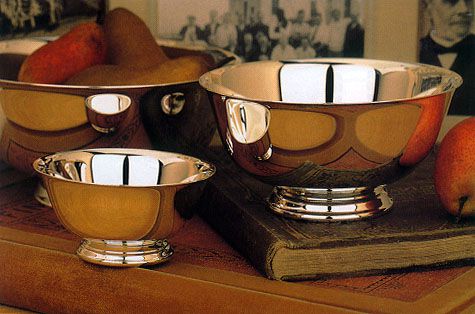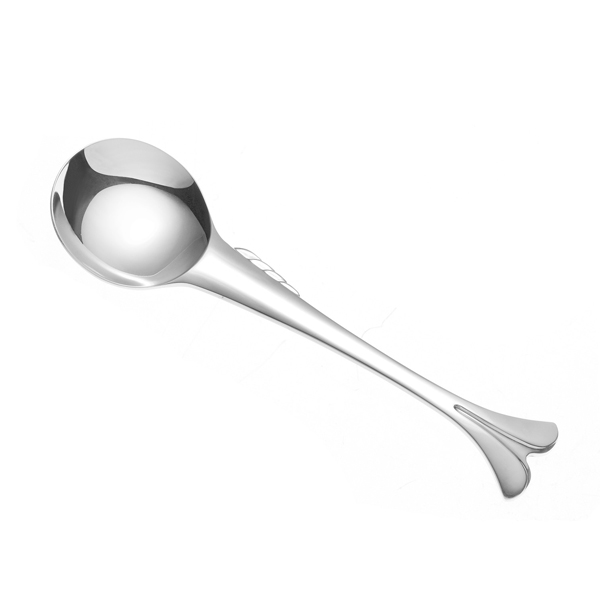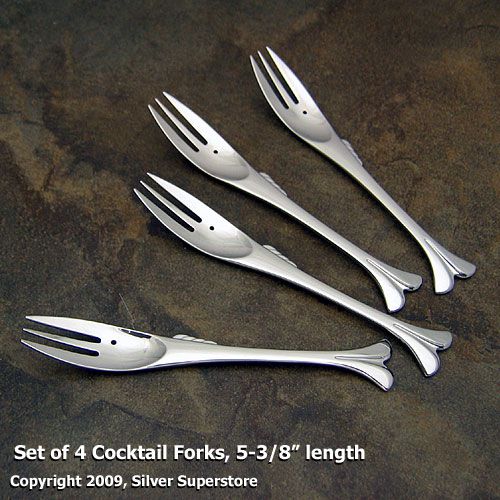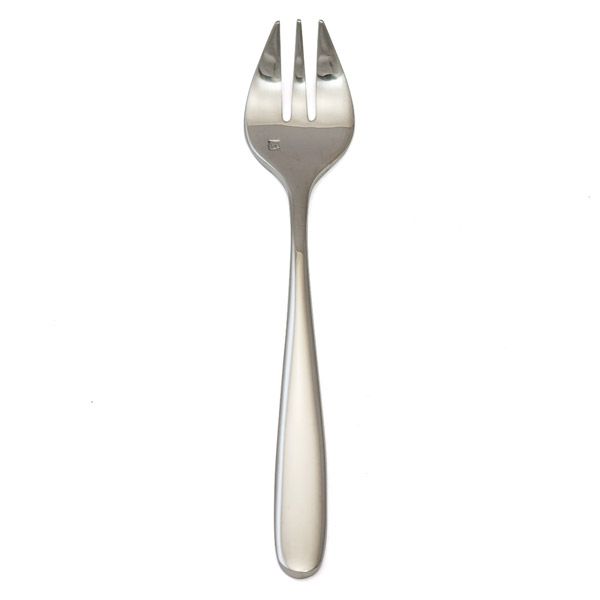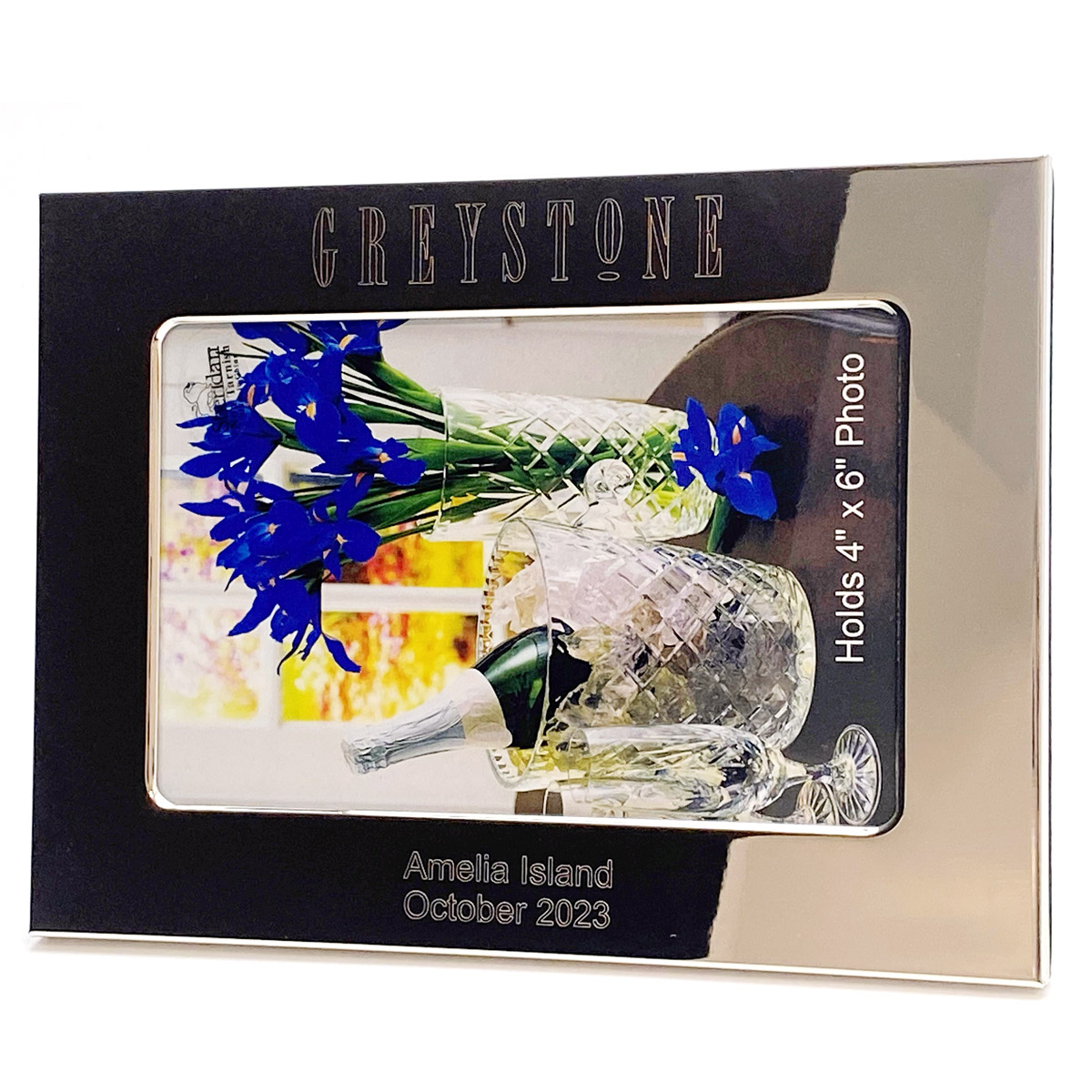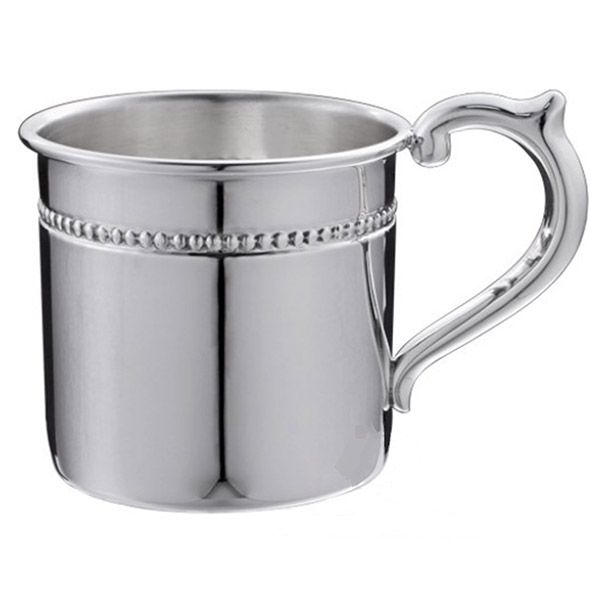How to Set Up a Dinner Table Properly
Whether you’re dining at a restaurant, enjoying a meal at a friend’s home, or hosting guests, knowing how to set a table properly can make a significant difference. There are two primary types of table settings: formal and informal. Both have their own unique guidelines, but they share common principles that ensure a pleasant dining experience.
Informal Place Setting
An informal table setting is straightforward and involves fewer pieces of tableware, as it typically caters to fewer courses. This setting is likely similar to what you use for everyday meals at home. Here’s a quick rundown:
- Plates: Place the dinner plate in the center.
- Forks: Place two forks to the left of the plate. The salad fork goes on the outside, and the dinner fork is closest to the plate.
- Knives and Spoons: On the right side of the plate, place the knife closest to the plate (with the cutting edge facing inward), followed by the dinner spoon and soup spoon.
For affordable and stylish casual dining tableware, consider Oneida products. Patterns like Icarus, Calm, Camlynn, and Tuscany offer reasonably priced designs.
Formal Place Setting
A formal place setting involves more pieces to accommodate multiple courses, such as salad, bread, soup, drinks, a main course, dessert, and coffee. While it may seem daunting, following these guidelines will make the process easier:
- Plates: Center the dinner plate.
- Forks: Place the salad and dinner forks to the left of the plate.
- Knives and Spoons: On the right side, place knives with their cutting edges facing the plate, except for the butter knife, which should be laid flat.
- Additional Items:
- Bread plate with a butter knife on the top left.
- The dessert spoon and fork can be centered above the dinner plate.
- A napkin is to be placed on your lap immediately upon sitting
For formal dining, consider Gorham sterling silver flatware sets, including Buttercup, Chantilly, Fairfax, and La Scala. For formal stainless patterns, consider brands like Lenox and Vera Wang.
Dessert
Dessert utensils can either be set with the main table setting or brought out just before dessert is served. Place the dessert fork and/or spoon centered above and parallel to the dinner plate. Once the dinner plate is removed, you can move the dessert utensils to the left side of your place setting.
Silver Superstore’s Fortessa collection includes a variety of dessert flatware options like Bistro, Apollo, Caviar, and Grand City—all available at great prices.
Proper Usage and Finishing Etiquette
Remember the golden rule for using utensils: start from the outside and work your way in towards the dinner plate. Once a course is finished, the used silverware should be removed.
A subtle yet important tip to signal to your server that you’ve completed your meal is to place your silverware at a 4 o’clock to 10 o’clock angle, with the knife blade facing you.
By following these guidelines, you’ll be well on your way to mastering the art of table setting, impressing your guests, and enhancing your dining experiences. Happy hosting!
